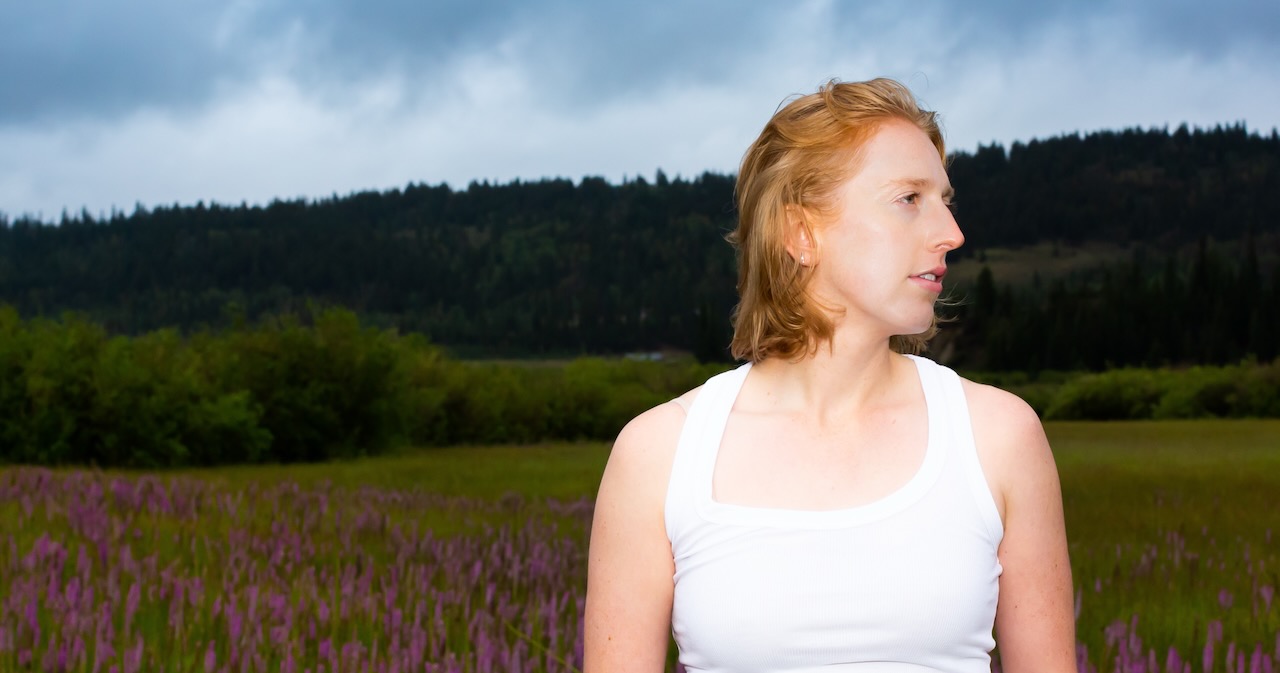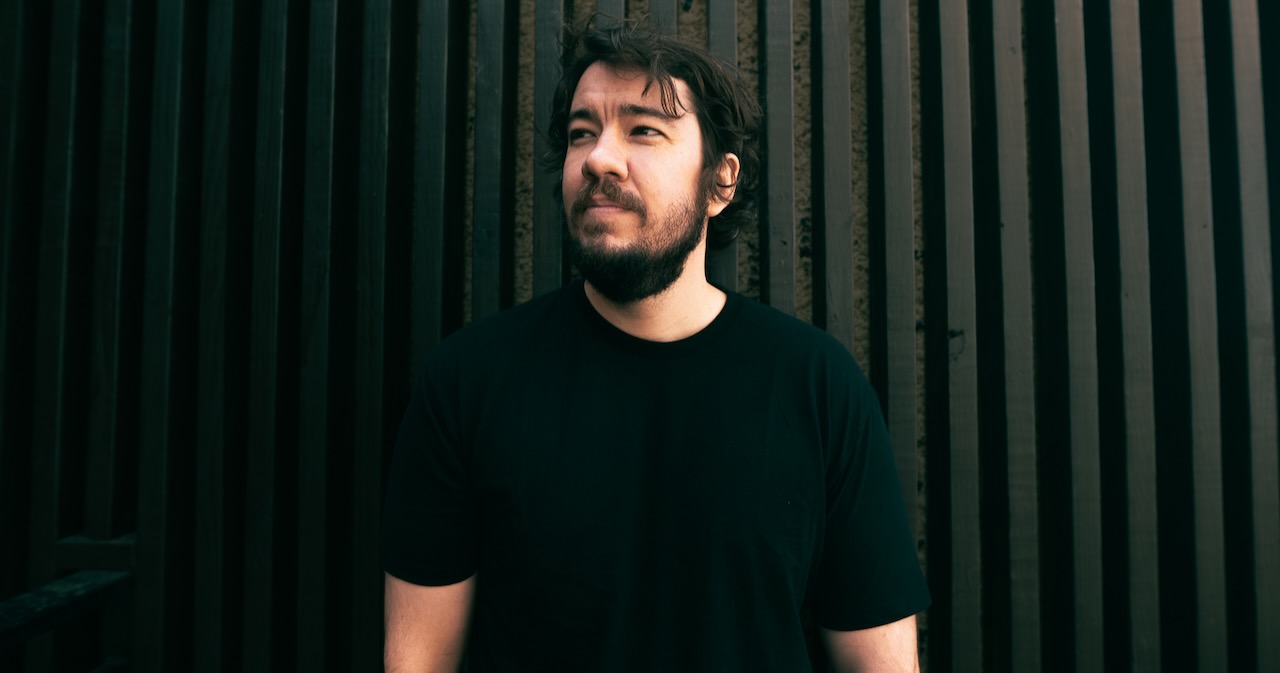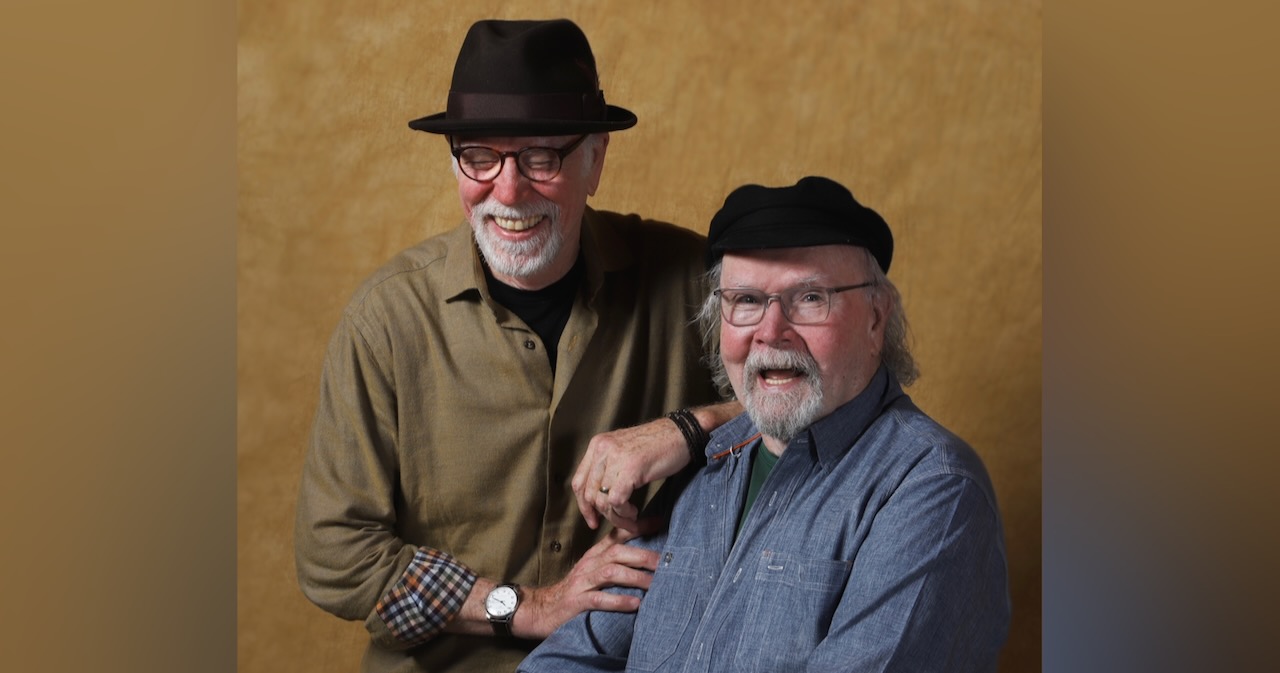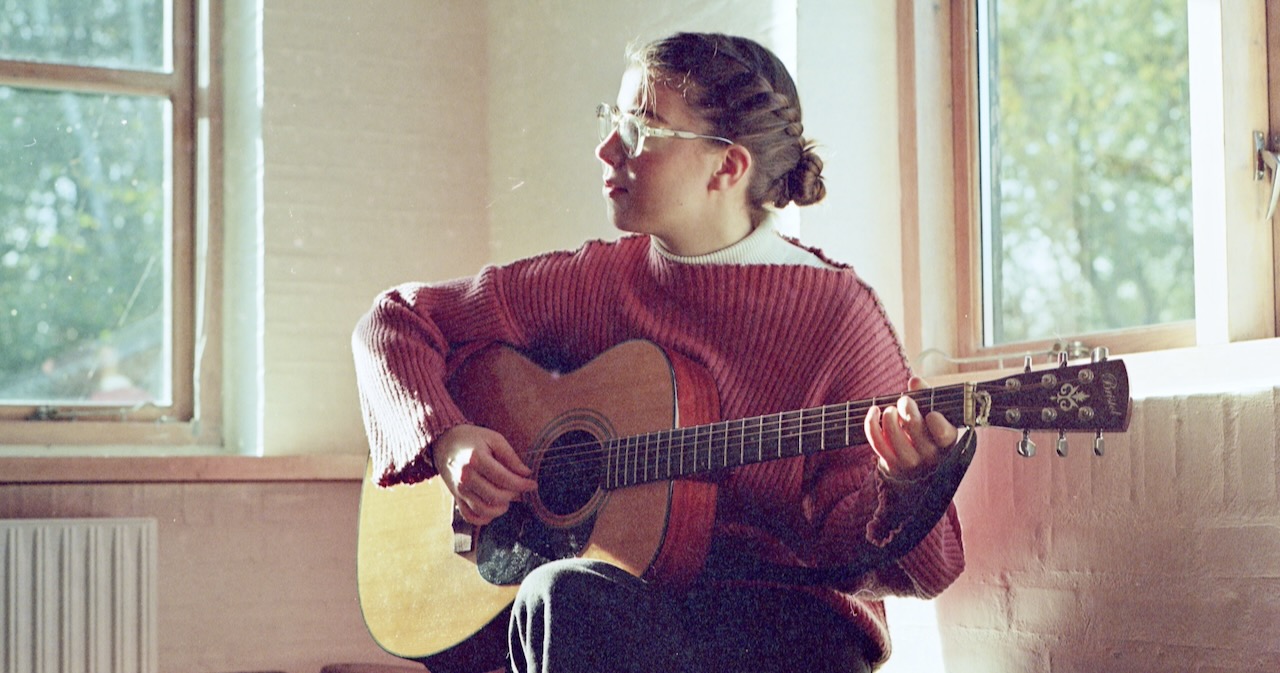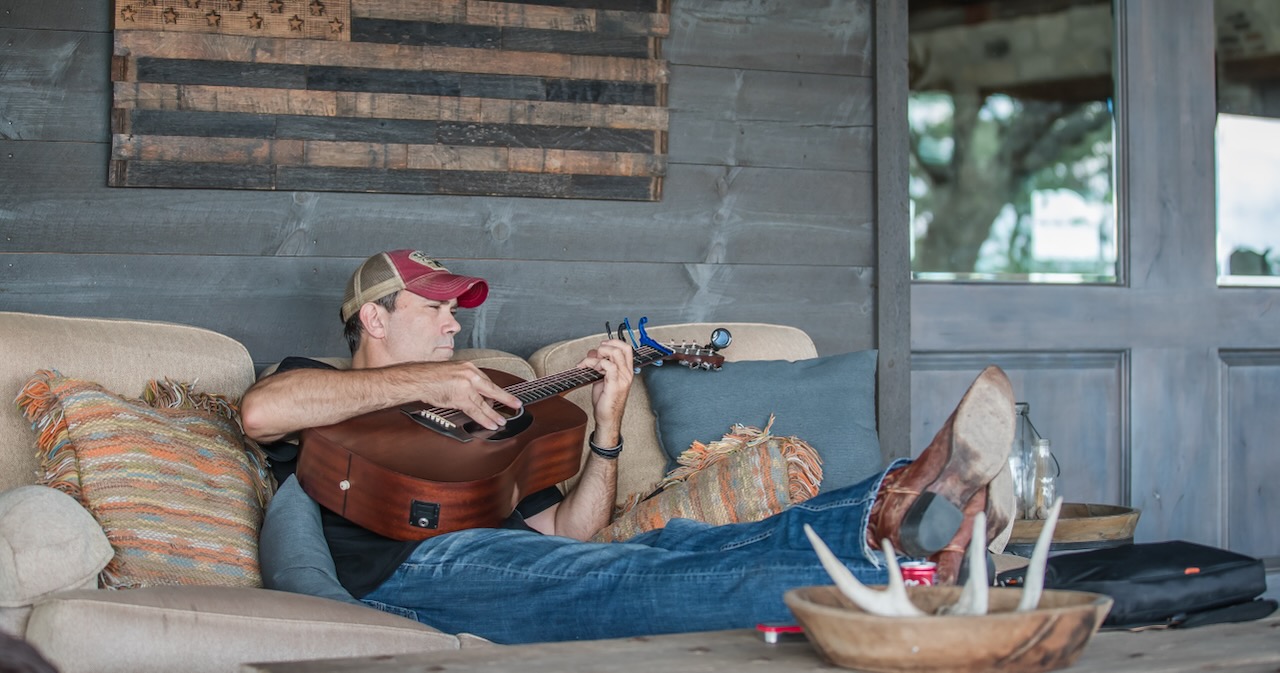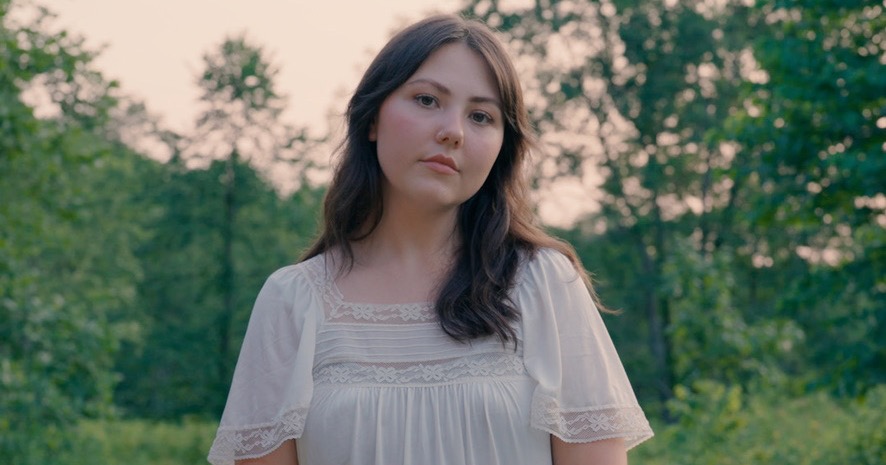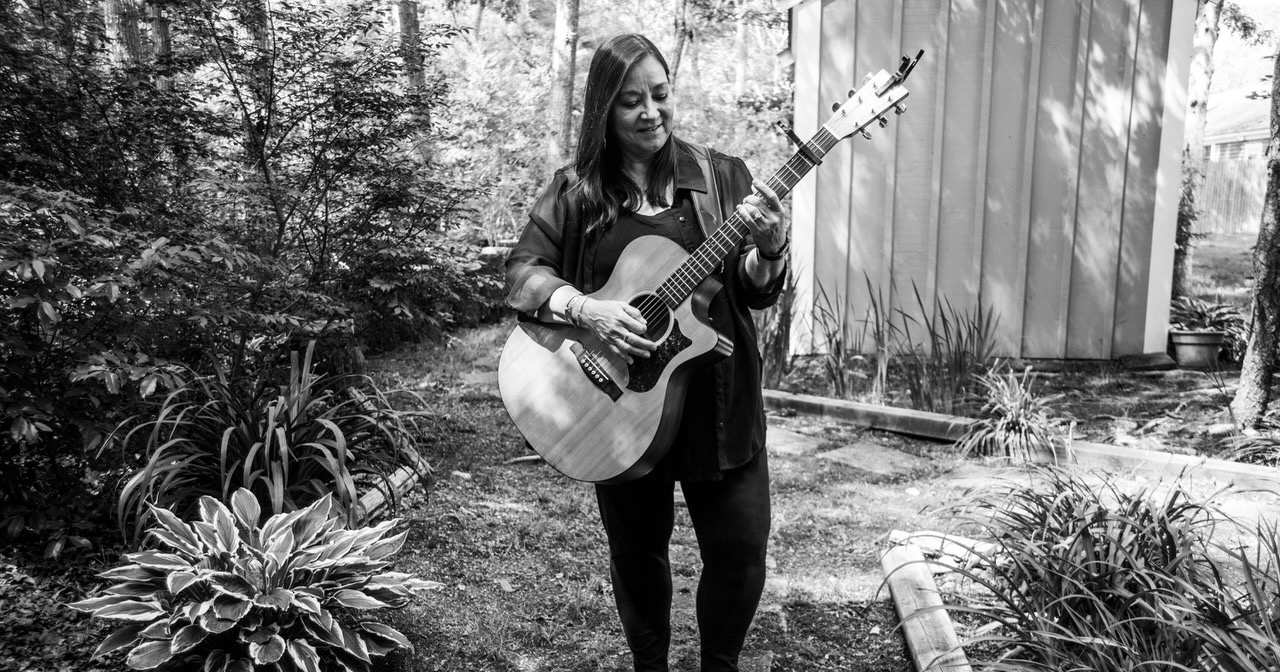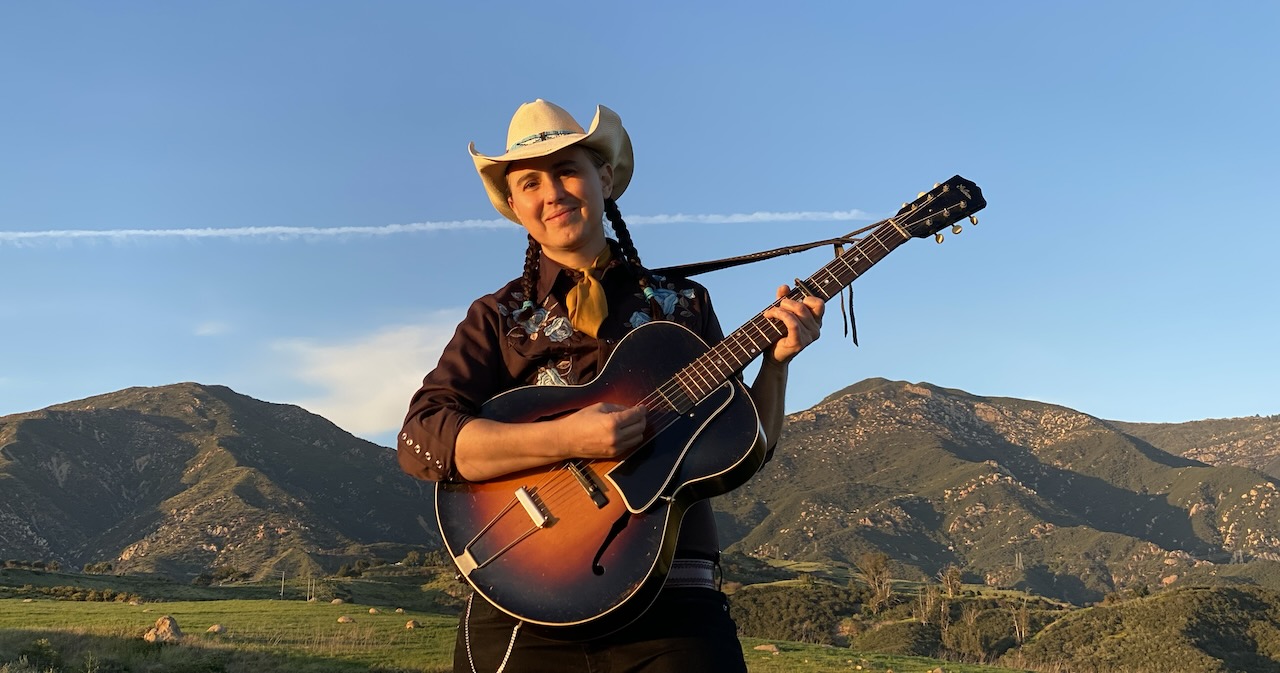I wrote the songs for Modern Age over a period of a few years. It was a time of reflection. I was looking back on my past, because I had recently gone back to my hometown to sing at a childhood friend’s memorial service. I’m normally a present and future thinker, but this gave me the opportunity to sit with my past for a bit and spend time remembering. I walked around my old neighborhood and drove by my high school. I sat in my car at the park that my friends and I used to go to after school to talk and hang out. The songs that came were a mixture of simple, joyful childhood memories juxtaposed with the beauty and heaviness of adulthood. I listened to quite a bit of music over this period of time. Most of the songs that I was drawn to had beautiful melodies, lush production, and very descriptive lyrics. Here are a few of my favorites. – Jill Andrews
“Beauty Into Cliches” – Madison Cunningham
I first heard this song on the Cayamo cruise, which is a music cruise that sails through the Caribbean. I was a featured artist on the ship, as was Madison. I love the way Madison calls out the beauty standards of our society in this song. As a female artist, this feels especially poignant. There are extra pressures to look and act certain ways in the music industry. Madison’s lyrics are creating space for everyone. Not only is it a positive message, the melody is lovely and the rhythm is so vibey.
“Nightflyer” – Allison Russell
Allison and I run in some of the same circles in Nashville, so when I heard she was putting out an album I immediately checked it out. I was drawn to this song for the obvious reasons, the melody and overall vibe are gorgeous and, in addition, the descriptive nature of her lyrics really made me feel like I was in the same room with her. She uses all of her senses to let the listener in. It’s so descriptive and sings like a poem. “I’m the melody and the space between. Every note the swallow sings. I’m 14 vultures circling. I’m that crawling, dying thing…”
“Pressure Machine” – The Killers
The desperation of this song gets me every time. It describes hard living in a small town in such a visceral way. “A mattress on a hardwood floor. Who could ever ask for more? I’ll get up and cut the grass. Ain’t nothing wrong with working class.” I have listened to this song over and over. It always hits me in a new way. The melody is so delicate and gorgeous.
“First Time” – Becca Mancari
“I remember the first time my Dad didn’t hug me back. Under the porch light with my sister’s old cigarettes. With your hands hanging to your side and my face to your chest.” I love Becca’s description of this moment. It’s so sad and so beautiful. After I heard this song, I messaged Becca and asked her if she would sing on Modern Age. We had met a few years prior, but didn’t know each other well. She ended up singing on three of the songs: “80’s Baby,” “Kids,” and “Better Life.” She is such a talent.
“Teenage Drug” – Ethan Gruska
The production of this song is really cool. It feels very alive, the way that it moves and breathes. I love how the melody follows the instrumentation in the chorus. I first heard this song on a playlist when I was jogging. I kept coming back to it over and over.
“Chemicals” – Gregory Alan Isakov
I played a show that Greg was on a few years back with Hush Kids. When I saw him live, I fell in love with his music. I have listened to his album, Evening Machines, hundreds of times since then. “Chemicals” is my favorite song on that album. I love the lines, “You saw her bathing in the creek. Are you jealous of the water?”
“The Night We Met” – Lord Huron
I first heard Lord Huron play this song at Forecastle Festival in Louisville, Kentucky, a few years ago. I had just gotten done performing and I wandered to the nearest stage to see who was playing. Seeing it live got me hooked. This song feels like a dream. I think it’s a mixture of the heavy tremolo on the electric guitar and the vast reverb on his vocals that capture this dream-state so perfectly. The lyrical theme of wanting to go back in time sits so nicely in this vibe.
“Slow Burn” – Kacey Musgraves
I love the vast soundscape on this song. The album Golden Hour is such a good example of music blurring the genre lines in whatever way feels natural to the artist. These songs could have been produced in a traditional country format, but instead she and producers, (and buddies of mine!) Daniel Tashian and Ian Fitchuk, decided to take it a totally different, interesting way. This was incredibly inspiring and helped guide my way of thinking during the making of Modern Age.
Photo Credit: Fairlight Hubbard

